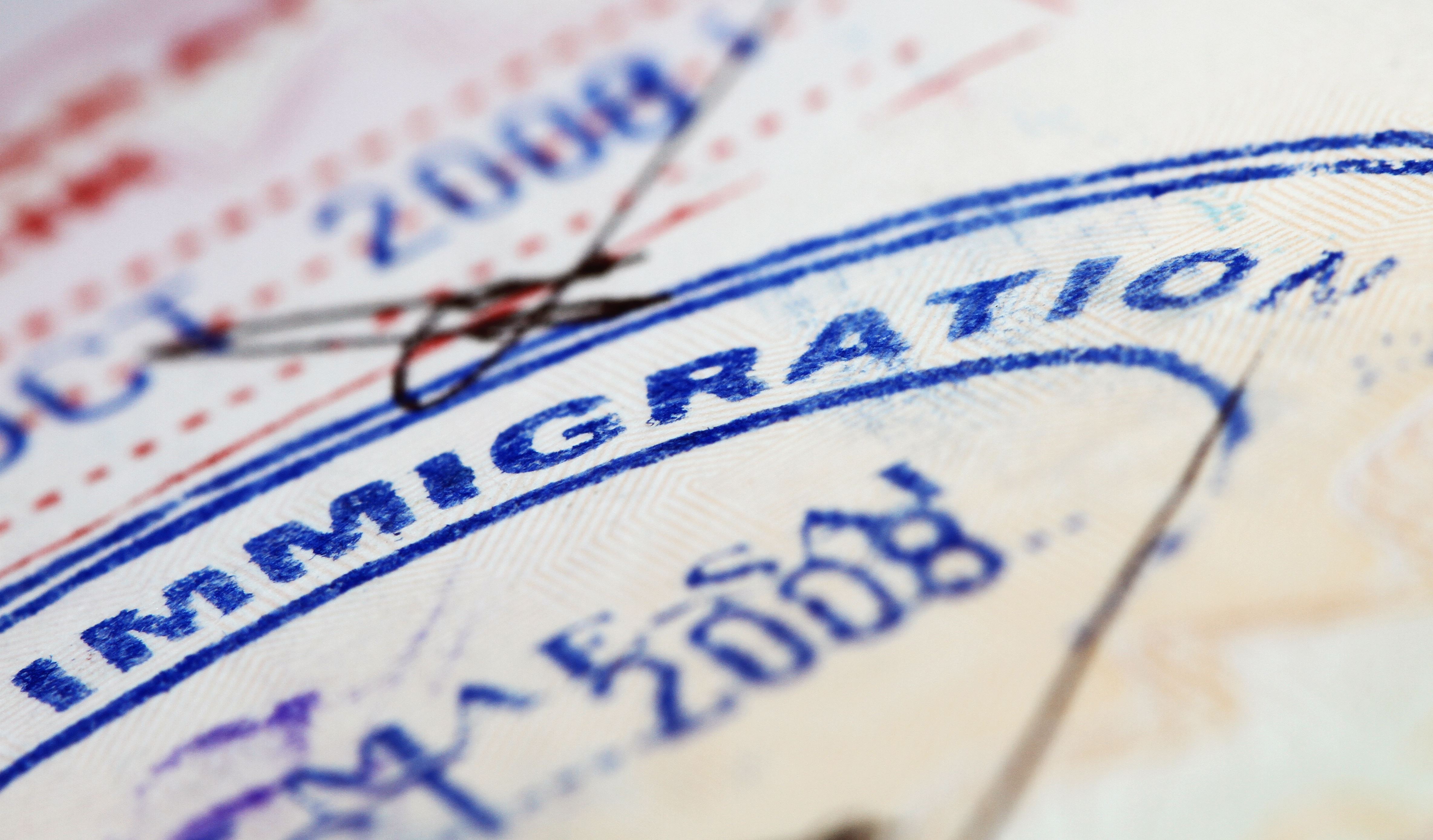Divided Justices Decide in 5-4 Vote
On May 16th, 2022, the Supreme Court ruled against Pankajkumar Patel in Patel v. Garland 596 U.S. __ (2022). In a 5-4 decision, the Court held that "federal courts lack jurisdiction to review facts found as part of discretionary-relief proceedings under §1255 and the other provisions enumerated in §1252(a)(2)(B)(i)." This case will have a significant impact on noncitizens facing removal proceedings.
The Supreme Court's decision considerably limits federal courts' ability to review and potentially correct factual determinations made by immigration courts when considering deportation relief.
Understanding Patel's Situation
This case centered on Patel, an Indian citizen who entered the U.S. unlawfully in 1992 but who was attempting to become a lawful permanent resident. However, due to selecting the wrong box on a Georgia driver's license application, his petition to adjust his status was denied, and he was charged with making a false statement. Though the charges were ultimately dropped, the Department of Homeland Security (DHS) began removal proceedings against Patel and his wife.
Though Patel argued that the box saying he was already a U.S. citizen was checked in error, he lost his case in immigration court when the judge deemed that Patel had intentionally misrepresented himself as a U.S. citizen to obtain a driver's license. Patel pointed out that he didn't need to misrepresent his citizenship status as he could get a driver's license without being a U.S. citizen. The judge ultimately ordered that Patel and his wife be deported. The Board of Immigration Appeals upheld the immigration court's decision.
Patel then brought his case to the 11th Circuit Court of Appeals, which stated that it did not have the jurisdiction to review the Board of Immigration's factual findings. This was when Patel brought his case before the Supreme Court, arguing that federal courts could, in fact, review some factual determinations.
Review this article from CNN for more background on Patel's case.
Understanding The Supreme Court's Decision
The Attorney General can "adjust the status of an eligible noncitizen who entered the United States illegally to that of lawful permanent resident, forgiving the illegal entry and protecting the noncitizen from removal." However, in the case of Patel, Attorney General Merrick Garland found that Patel did not meet eligibility requirements (due to the immigration court's finding that he misrepresented himself on his driver's license application).
According to Justice Amy Coney Barrett, who authored the decision, "federal courts have a very limited role to play" in removal proceedings. Under immigration law, "Congress has barred judicial review of the Attorney General's decisions denying discretionary relief from removal."
Justice Gorsuch Critical of the Decision
Justice Neil Gorsuch wrote the dissent for this case, stating that this ruling will have "dire consequences for countless lawful immigrants." Gorsuch notes that with the thousands of applications that the government receives, mistakes are sometimes made and that there are cases in which "a bureaucratic mistake can have life-changing consequences," as with Patel's case. According to Gorsuch, Patel's attempt to obtain legal residency was rejected based on a "glaring factual error" and that "our law has long permitted individuals to petition a court to consider the question and correct any mistake."
Gorsuch goes on to explain that this is no longer the case. He writes, "Today, the Court holds that a federal bureaucracy can make an obvious factual error, one that will result in an individual's removal from this country, and nothing can be done about it. No court may even hear the case."
Lack of Administrative Review within DHS
As you can see, this Supreme Court decision establishes a concerning precedent for future cases like Patel's, threatening countless immigrants' ability to obtain legal residency in the U.S. Citing staggering statistics, Gorsuch points out that hundreds of thousands of green-card applications pass through U.S. Citizenship and Immigration Services (USCIS). From October through December 2019, 13,000 applications were denied, while nearly 790,000 remain pending.
When decisions are made on these applications, they are done so in "unpublished and terse letters." Gorsuch points out that this is troubling given the "little or no administrative review" these decisions receive from the DHS. The potential for serious errors is great.
Review the Supreme Court's full decision, including Justice Gorsuch's dissenting opinion, here.
Are You Facing Removal Proceedings?
If you are attempting to obtain a green-card in the U.S., this decision by the Supreme Court is distressing indeed. When such a small error, like checking the wrong box on a driver's license application, can result in deportation, it can be terrifying and paralyzing. This is especially the case for those who may have arrived in the country unlawfully but are working diligently to obtain legal residency through an adjustment of status.
Though it may feel overwhelming, you are not alone in this. At Sebastian Simon Law Group, PLLC, we understand what you are going through. Our law firm has helped countless clients through the immigration process, and we are highly experienced in removal defense and the adjustment of status process. We can help you understand what this Supreme Court ruling means for you and your case. Send us a message online today to schedule a consultation.


